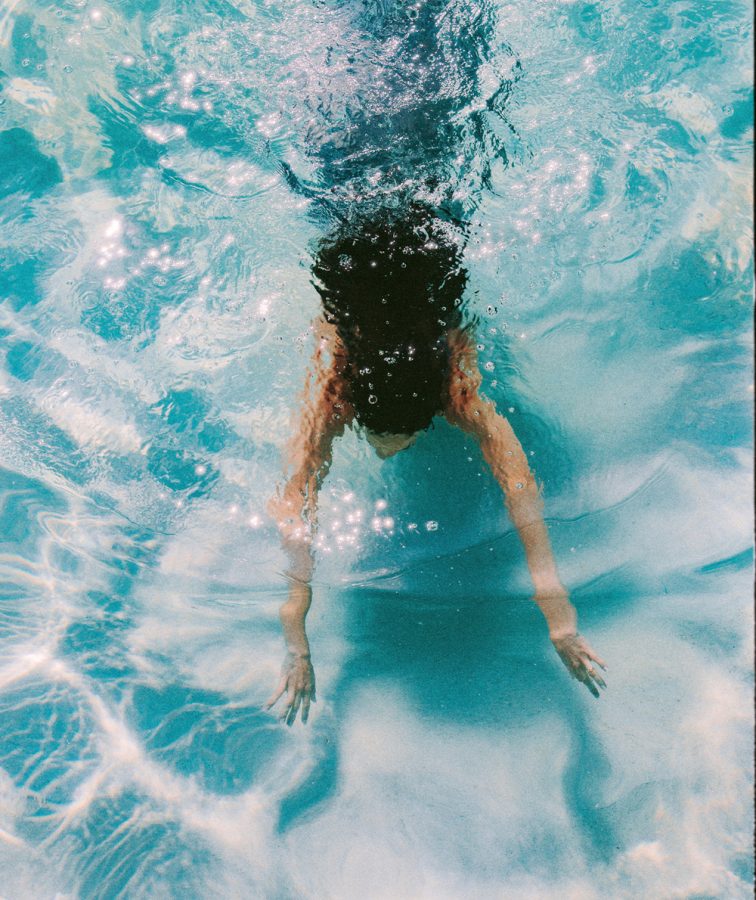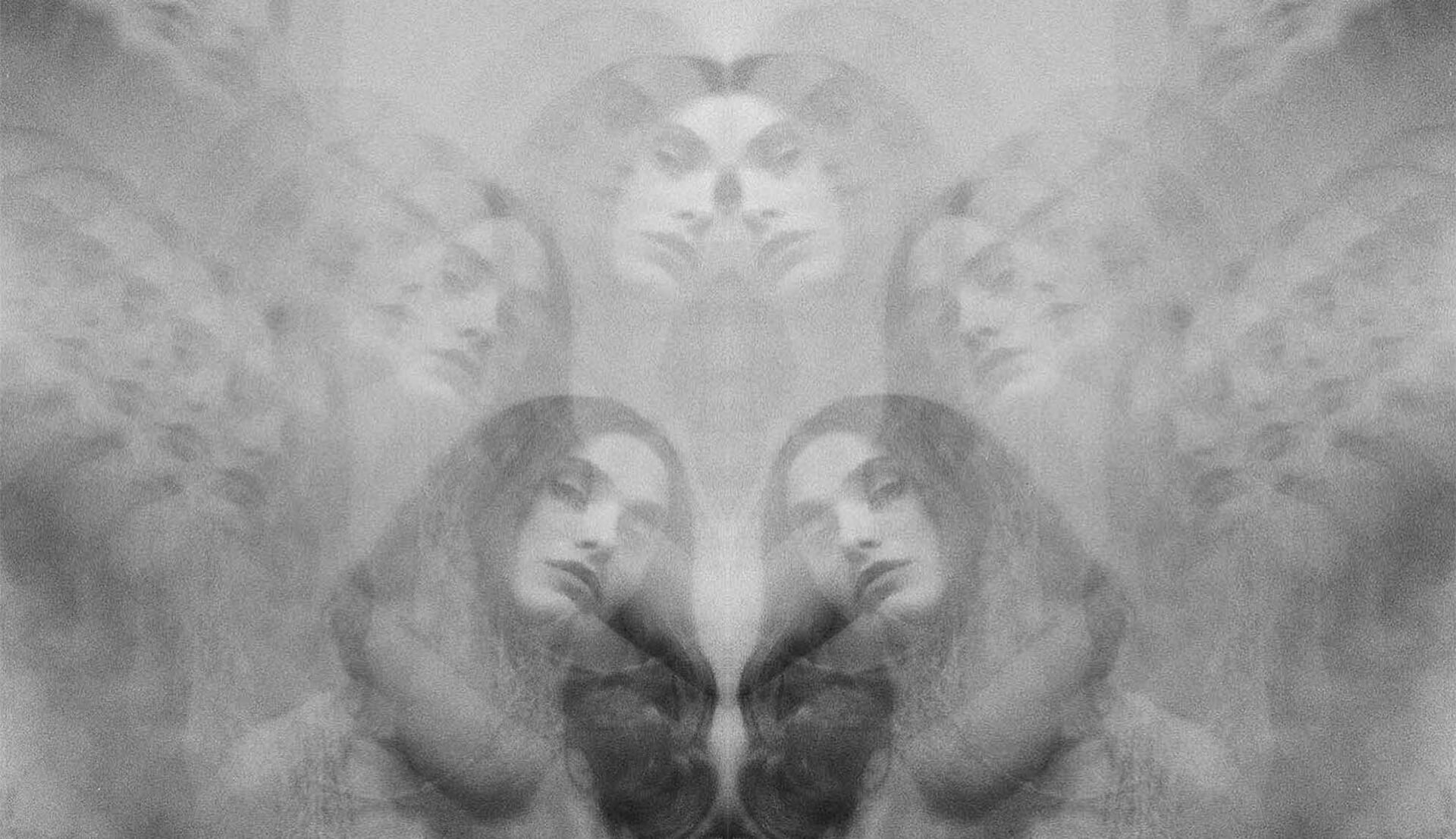“I like to capture spontaneity and intimacy, I don’t think much about a story in which to develop a concept, I like fluidity”
Editor: Tiziana des Pallieres
Diego Triplab is a photographer who seamlessly blends spontaneity and technical precision. With roots in Argentina and a career spanning both analog and digital realms, his work is a captivating blend of intimacy and narrative. In this exclusive interview, we delve into the mind of this visionary artist as he shares insights into his creative process, inspirations, and the ever-evolving world of photography.

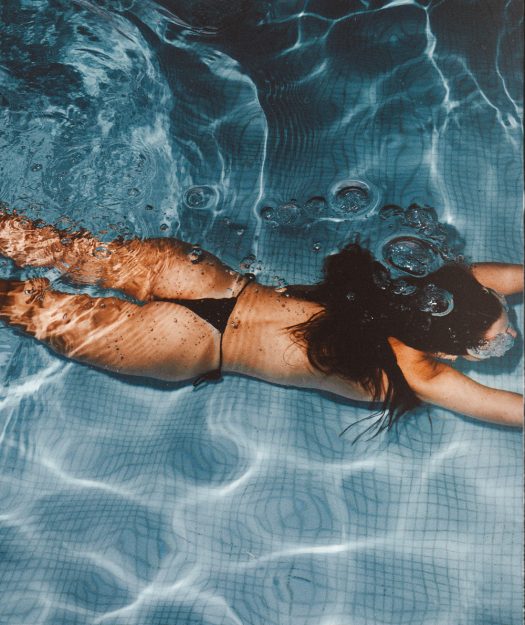
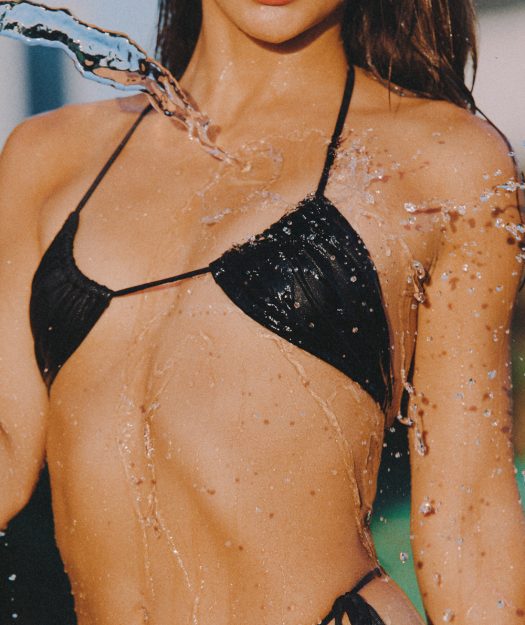
Diego, your photography captures a unique perspective. Let’s delve into your world! HOW WHEN WHY did you get into the industry?
My career as a photographer began unexpectedly. With a background in graphic design and audiovisual work within fashion, I was asked to shoot a brand campaign in 2011. This marked the start of my journey combining photography and moving images.
Growing up in Argentina, were there specific artists or cultural aspects that ignited your passion for photography?
The music scene in Argentina during my teenage years was a huge inspiration. Bands like Soda Stereo and Virus had a strong visual impact on me through their album artwork and live performances. Ironically, I ended up studying photography with two rock photographers from the 80s who had captured many of those iconic images.
“I don’t overthink the concept; I let the flow of the moment guide me. There’s a beauty in spontaneity.”
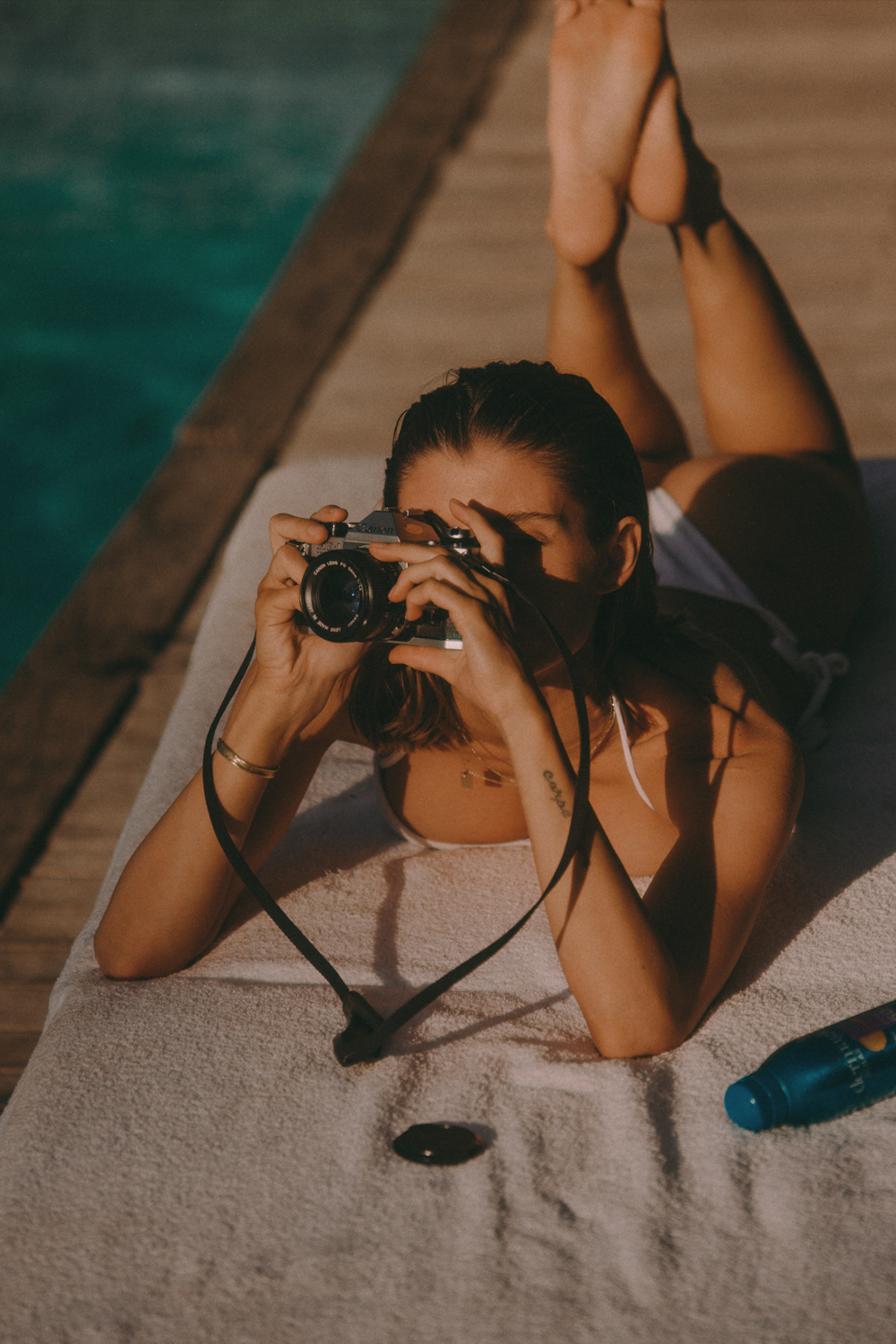
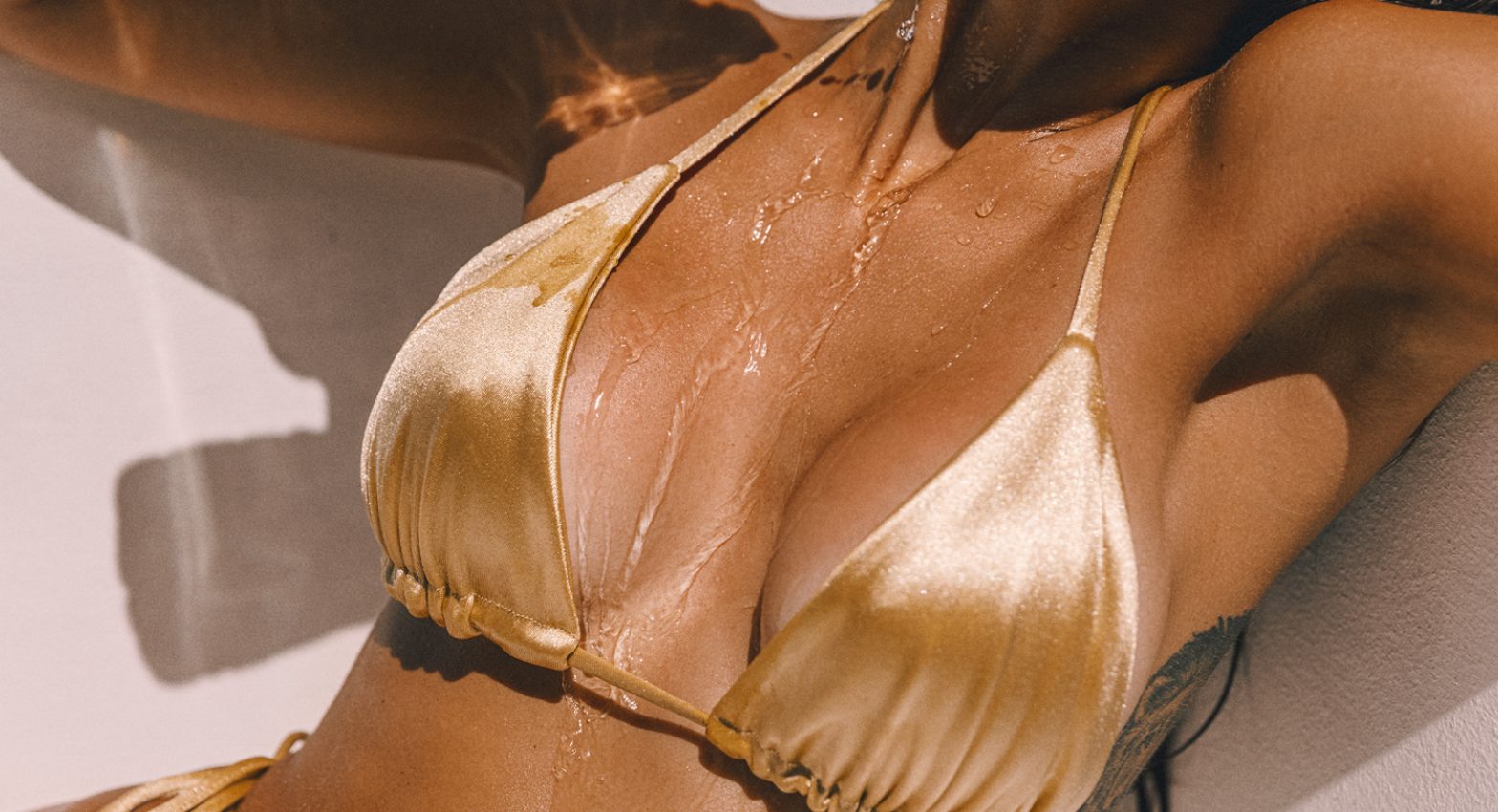
Did you have a mentor or photographer you admired who influenced your style?
I was never a fan of photographers. I remember buying a book at a Tower Record in Buenos Aires, I bought it just like I bought records… by intuition… to have a good cover. The book is called “Think Of England”, those images really had a big impact on me… the colors, the everyday life, etc. Many years later I realized the entire work was by Martin Parr.
Your work often feels intimate yet portrays a larger story. What draws you to capture these specific moments?
I like to capture spontaneity and intimacy, I don’t think much about a story in which to develop a concept, I like fluidity


What role does editing play in your creative process? Is it an extension of capturing the image or a separate artistic step?
Editing is an integral part of my process. It’s where I refine the image, transforming the capture into a finished piece. The editing decisions are made during the shoot, so it’s a seamless transition.
Photography is a powerful storytelling tool. What message do you hope to convey through your work?
I am not overly deep with messages, I think that art talks about abstract ideas and concepts… rather than messages I prefer to transmit sensations.
“The music scene in Argentina during my teenage years was a huge inspiration.”
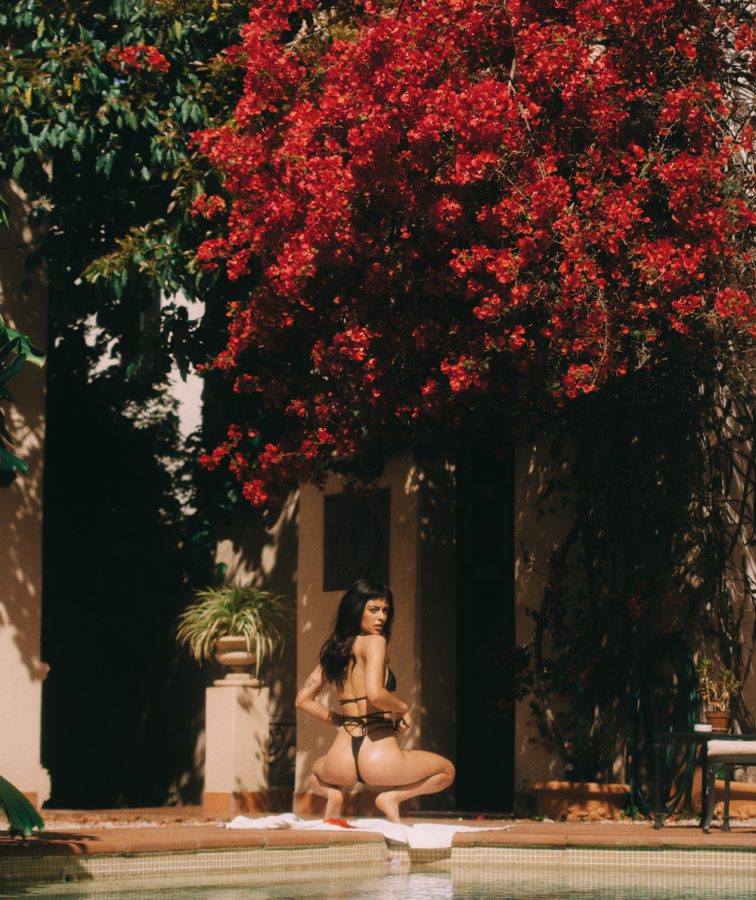
The digital age has democratized photography. How do you navigate the ever-changing social media landscape as an artist?
I think that the democratization of technology (in photography and other artistic areas) has a down side that makes everything to be the same The resources to create are unlimited and that is overwhelming, there is a lot of similarity, everyone ends up editing the same way. In the same way, there is no risk and they play it safe… I feel that a certain craftsmanship has been lost and the search for originality is forgotten… everyone cuts their hair the same, wears the same tattoos, the same clothes, takes the same coffee… everyone sees fucking Pinterest… everything is “Wanna Be”, copy + paste. Luckily, there are gems in all of that, you just have to look a little to find them without the damn algorithm telling you what to do with your life.

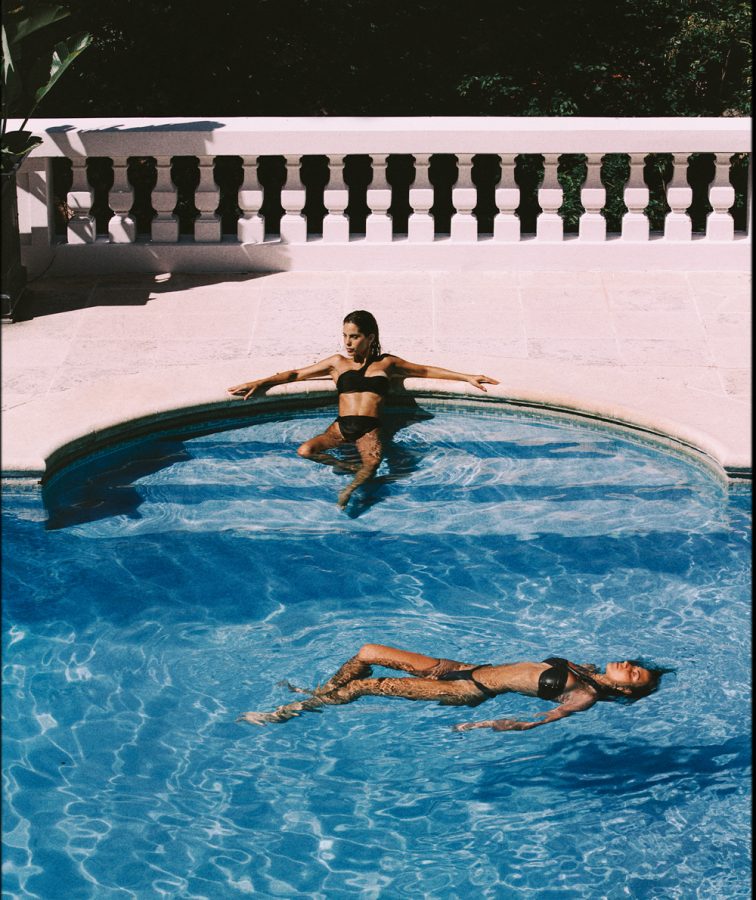
What equipment you consider essential for capturing your signature style?
A camera with a flash mounted on it… not much more than that.
It’s the Indian, not the arrow.
What advice would you give aspiring photographers?
Learn to value your work and charge for it. Also, master your art! Youtube is not enough as the foundation of your education.
“I don’t overthink the concept; I let the flow of the moment guide me. There’s a beauty in spontaneity.”
